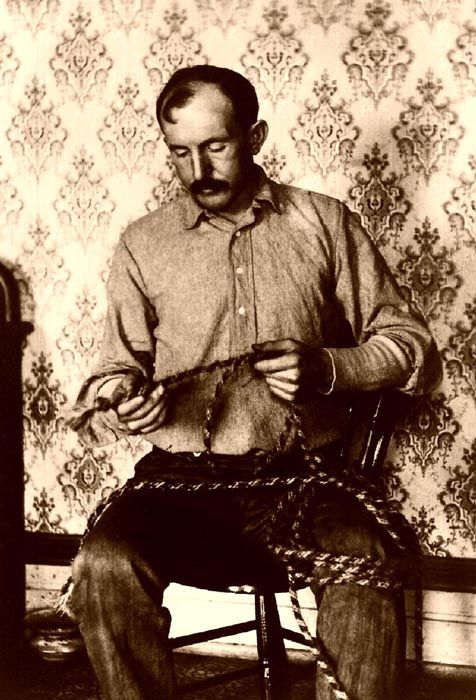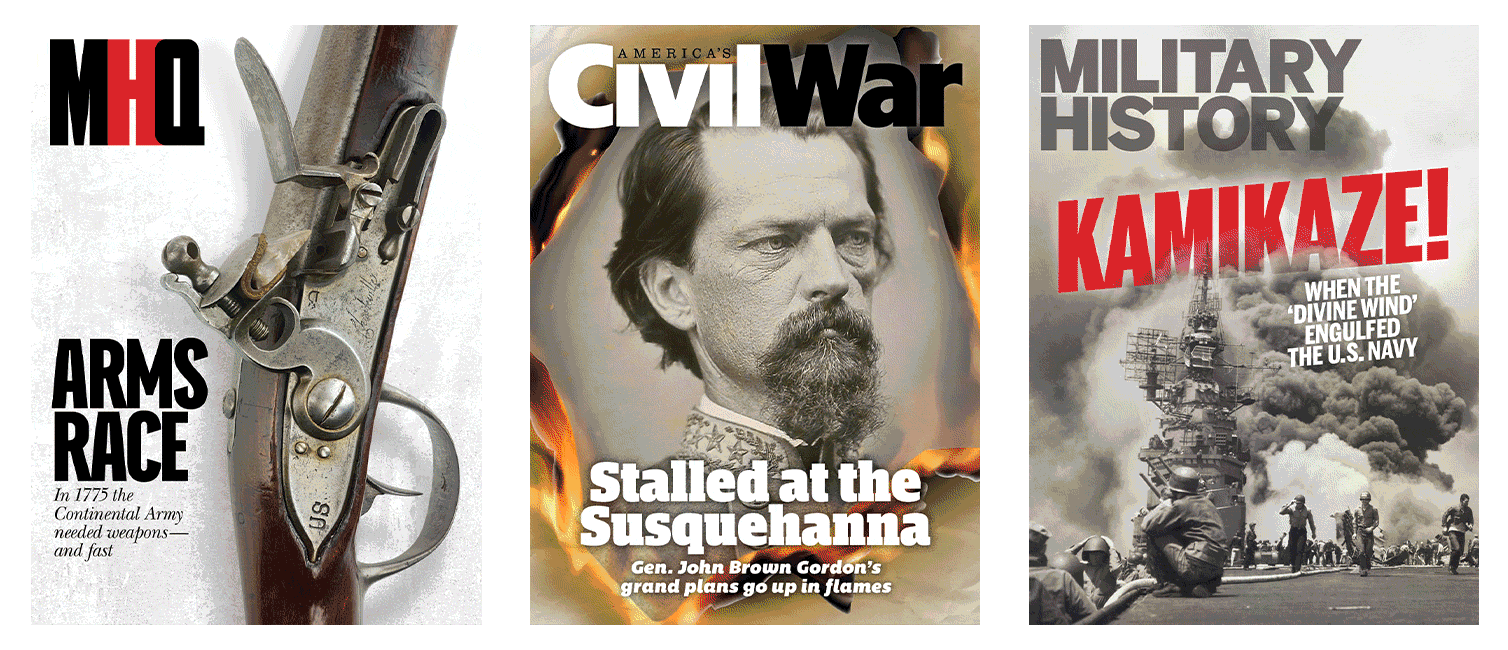Did Tom Horn Really Kill Willie Nickell? (original) (raw)

Tom Horn in 1903.
When arrested on Jan. 13, 1902, hired assassin and stock detective Tom Horn had in his possession a Model 1894 .30-30 Winchester rifle. That weapon was believed to be the one he used to murder 14-year-old Willie Nickell the previous July near Iron Mountain in Wyoming’s Platte County — a crime for which he was convicted and hanged in Cheyenne in 1903.
But did Horn really use that Winchester for the murder that ultimately ended his own life?
Many historians believe that Horn, a former Army scout, didn’t commit that particular murder but did kill others. He is suspected of assassinating at least two rustlers in northwest Colorado in 1900 and was the alleged triggerman in the extinction of two cattle thieves in Wyoming in 1895.
Even if Horn did kill young Nickell, he very well could have used a rifle other than his 1894 Winchester (which Horn gave to friend Charles B. Irwin days prior to his execution and which remains in the possession of the Irwin family). Horn is said to have used other rifles at times while patrolling Wyoming’s cattle ranges. A Winchester 1876 Centennial .45-60 rifle is believed to have been one of his choice weapons.
GET HISTORY’S GREATEST TALES—RIGHT IN YOUR INBOX
Subscribe to our HistoryNet Now! newsletter for the best of the past, delivered every Monday and Thursday.
During Horn’s October 1902 trial, doctors who had conducted the autopsy on Nickell generated pages of testimony indicating there was no clear evidence of what caliber had hit him. Two bullets, either of which would have been fatal, had struck the boy on the left side of his back. Dr. Amos Barber stated that the higher entrance wound was three-eighths of an inch in diameter and that it was caused by a .32- to .40-caliber bullet. Dr. George Johnston went so far as to say a .45-caliber bullet probably caused the wound.
More Recent events
In the 1980 Western “Tom Horn,” starring Steve McQueen, the title character uses an 1876 Winchester Centennial and says he prefers to use that rifle because .45-60 ammunition is readily available. When authorities arrested the real Tom Horn, he had several cartridges in his pockets, one of which was a .45-60. McQueen’s production company researchers no doubt saw these in the Wyoming State Museum’s collection, likely leading McQueen’s screenwriters, Thomas McGuane and Bud Shrake, to incorporate language about the .45-60 into the script.
Recently, a vintage Winchester Centennial .45-60 with ties to Horn has come to light in a private collection (the owner chooses to remain anonymous). The rifle, Serial No. 475XX (shipped from the factory Sept. 10, 1885), was given him by his father. The father claimed he had purchased it from a Laramie County museum, with no accompanying provenance.
Attached to the rifle is a crude leather sling engraved “JC Coble, Bosler, Wyoming.” Cattle baron John Coble was Horn’s chief employer and benefactor; he paid for Tom’s legal costs, purchased his coffin and grave marker, and had his “Life of Tom Horn: Government Scout and Interpreter”published in 1904. The buttstock of the rifle contains a cleaning rod around which was wrapped an envelope of the Wyoming Stock Growers Association. The lyrics of “Life’s Railway to Heaven” (the hymn sung by Charles and Frank Irwin at Horn’s hanging) are handwritten on the envelope with a notation it was written by GMK (Glendolene M. Kimmell, the schoolteacher with whom Horn was romantically linked). Expert handwriting analysis indicates, however, it was not Kimmell who copied the lyrics.
A well-used 8-foot bullwhip is part of the collection. A note by Amy Irwin, Charles Irwin’s daughter-in-law, states Horn had braided the whip for Charles. Other articles with the rifle include a $26 bill of sale dated July 6, 1936, for “one of 2 Winchester rifles from the Coble ranch, Jack Linscott, Rock River, WY. Buyer = J.B. Burke [or Burkett].” Also included is a note stating that Jim Earl of Albany County had one of two Colt revolvers belonging to Horn.
OUr Verdict: Tom Horn Was Innocent (of the Nickell Murder)
As a longtime Tom Horn researcher and the author of “Tom Horn: Blood on the Moon” and “Tom Horn: Killing Men Is My Specialty,” I contend that neither the Model 1894 .30-30 Winchester nor the Winchester Centennial .45-60 was the murder weapon. Further, it is highly unlikely Horn murdered Nickell.
A descendant of a prominent family of Platte County pioneers who were neighbors of the Nickell family emphatically told me she would not say who actually had killed the boy because “that would make some people in our family very, very upset.”
Originally published in the February 2015 issue of Wild West. To subscribe, click here.
historynet magazines
Our 9 best-selling history titles feature in-depth storytelling and iconic imagery to engage and inform on the people, the wars, and the events that shaped America and the world.
